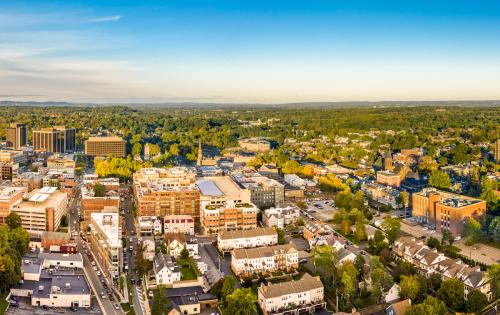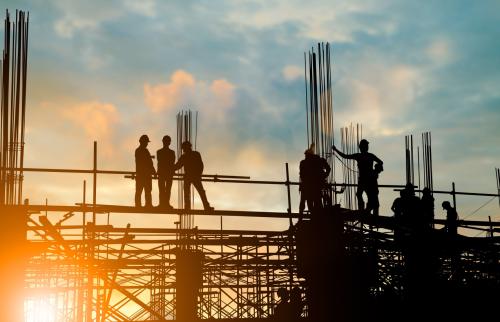Fresh evidence for widening income inequality in the U.S. is delivered on an almost weekly basis—but an important question is how far it influences social mobility. Some worry that the American polity is incapable of taming the inequality monster: either because it can’t (it’s hard to influence returns to skills or international competition), or it won’t (because the rich have ‘captured’ the political parties). Tom Edsall asks whether government can actually do anything about inequality and concludes:
Conservatives and liberals often find themselves in agreement that inequality in and of itself may not be the issue— it’s the way it is
deepening and spreading
and the small size of the group to whom the benefits are accruing that worries people most. Inequality exists in democracies and non-democracies alike; it clearly stems from multiple causes. But “the question for public policy,” as Greg Mankiw puts it, is “what, if anything, to do about it.
Of course, it depends on what public policy is trying to do something about—and why. If the goal is to reduce the incomes of the very rich and lessen inequality, some straightforward tax redistribution will do the trick. But if the goal is to boost mobility, inequality in and of itself may not the central issue.
The key question here is how far cross-sectional inequality influences intergenerational inequality. There is no simple, straight line from income inequality to lack of social mobility: see the ongoing debate about the “Great Gatsby curve”. Other nations with broadly similar inequality levels, such as Canada and Australia, have higher rates of social mobility than the U.S.
Intergenerational social mobility is most directly impacted by:
- Education, both in school and the home
- Access to college
- Neighborhood effects, including differences in levels of social capital
- Family strength and stability
The problem is that income inequality strongly influences inequalities in these other domains, and probably more so in the U.S. than elsewhere.
When schools are funded (in part) from local property taxes, neighborhoods are starkly segregated by race and income, and college costs a small fortune, a big gap between rich and poor is more likely to mean a big gap in opportunity for rich and poor kids.
The primary goal for public policy, then, is to reduce the rate at which income inequality is converted into other kinds of inequality. Of course this does not mean that action on inequality itself is not also required or desirable. But as the legal scholar Joel Feinberg puts it: “Progress on the penultimate questions need not wait for solutions to the ultimate ones.”



Commentary
Inequality and Social Mobility: Breaking the Link
September 11, 2013